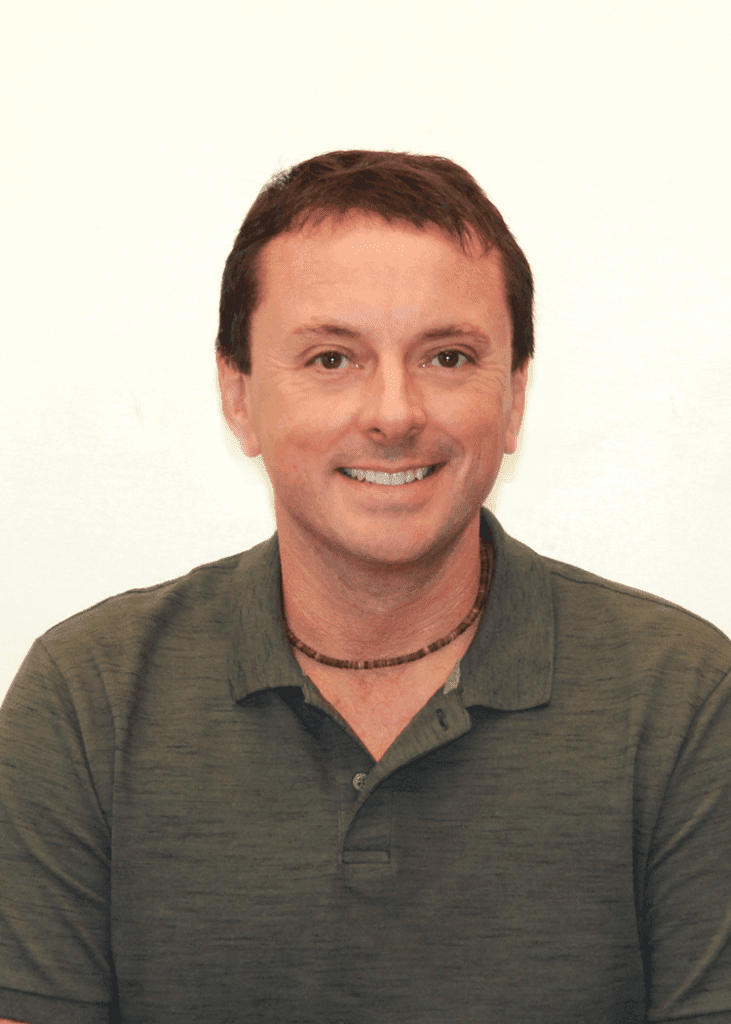
Research Highlights
Research Interests
Hurricane intensity prediction.
Saharan Air Layer & dust storms.
TC Genesis Index.
Satellite remote sensing of hurricanes.
Diurnal cycle of hurricanes.
Reconstructing wind fields of historical landfalling hurricanes.
Jason Dunion, Ph.D.
Meteorologist, (University of Miami/CIMAS), Hurricane Research Division
305.720.3060
4301 Rickenbacker Causeway
Miami, Florida 33149
“I used to be a social worker in Connecticut and later in Miami, helping people with disabilities live independently in the community. I really enjoyed that work and always came home at night feeling like I was making a difference in the world. My work now looks very different from my social worker days, but I do still get that sense of making some small difference and that’s important to me.”
Dr. Jason Dunion specializes in satellite remote sensing of hurricanes and has led the development of several new satellite products for monitoring tropical cyclones, Saharan dust storms, and the diurnal cycle of hurricanes. His research has also included reconstructing wind fields of several historical landfalling hurricanes, including 1960 Donna and 1965 Besty, developing new climatological atmospheric soundings for the North Atlantic, and leading the development of a new forecast model (the TC Genesis Index) for predicting tropical cyclone genesis. Dunion has acted as chief scientist on several Hurricane Hunter research missions using NOAA’s high altitude jet and P-3 Orions and has flown on over 50 hurricane hunter flights. He also has served as Director of the Hurricane Research Division’s Field Program.
Current Work
Meteorologist (University of Miami/CIMAS), Hurricane Research Division
2016, Ph.D., Atmospheric Sciences, University of Albany-SUNY, Albany, NY
1999, M.S., Atmospheric & Oceanic Science, University of Madison-Wisconsin, Madison, WI
1992, B.S., Geography & Geology, University of New Hampshire, Durham, NH
- Fischer, M.S., R.F. Rogers, P.D. Reasor, and J.P. Dunion. An observational analysis of the relationship between tropical cyclone vortex tilt, precipitation structure, and intensity change. Monthly Weather Review, 152(1):203-225, https://doi.org/10.1175/MWR-D-23-0089.1 2024
Ref. 4350 - Murray, E.J., J. Dunion, K.B. Karnauskus, Z. Wang, and J.A. Zhang. Cloud height distributions and the role of vertical mixing in the tropical cyclone eye derived from compact Raman lidar observations. Geophysical Research Letters, 51(14):e2024GL108515, https://doi.org/10.1029/2024GL108515 2024
Ref. 4445 - Yu, H., G. Chen, W.K. Wong, J.L. Vigh, C.-K. Pan, X. Lu, J.A. Zhang, J. Tang, K. Zhao, P. Chen, Z. Yu, M. Yang, J. Dunion, Z. Fang, X. Lei, A. Tyagi, and L. Chen. WMO Typhoon Landfall Forecast Demonstration Project (2010-2022): A decade of transition from track forecasts to impact forecasts. Bulletin of the American Meteorological Society, 105(7):E1320-1349, https://doi.org/10.1175/BAMS-D-23-0085.1 2024
Ref. 4407
2022 U.S. Department of Commerce Bronze Medal
For the rapid development of an application allowing aircraft acquired dropsonde data to be processed and disseminated from the ground.
2022 NOAA/NWS Richard H. Hagemeyer Award
For leadership that has made substantial long-term contributions to the U.S. hurricane program.
2018 American Meteorological Society Banner I. Miller Award
For the best contribution to the science of hurricane and tropical weather forecasting published in a journal with international circulation during the 48 months prior to the presentation of this award.
2016 NOAA AOML Best Paper Award
Dunion et al. 2014, The tropical cyclone diurnal cycle of mature hurricanes.
2016 NASA Group Achievement Award
For “outstanding achievements of the Hurricane and Severe Storms Sentinel (HS3) airborne mission to investigate the factors influencing hurricane intensity change”
2015 American Meteorological Society Special Award (University of Wisconsin-CIMSS Tropical Cyclone Group)
For providing the weather community with valuable tropical cyclone-related satellite information and derived products for over two decades.
2011 NASA Group Achievement Award
For outstanding contributions to the Genesis and Rapid Intensification Processes (GRIP) field campaign as members of the GRIP Science Team during the 2010 Atlantic hurricane season.
2010 NASA Group Achievement Award
For outstanding contributions to improving weather forecasting using data from the Atmospheric Infrared Sounder (AIRS) and for production of its key climate data products.
2009 American Geophysical Union Editors’ Citation for Excellence in Refereeing Award
For contributions that have been invaluable in maintaining the high standards of quality for the journal Geophysical Research Letters through the conscientious review of submitted papers.
2005 NOAA David Johnson Award
For development of several new satellite products derived from the GOES satellites, including new multi-spectral satellite imagery for tracking the Saharan Air Layer and its interactions with Atlantic tropical cyclones, shortwave IR cloud-drift winds for improved detection of low-level winds at night, and several satellite-derived analysis tools for use in forecasting tropical cyclones.
2004 American Geophysical Union Editors’ Citation for Excellence in Refereeing Award
For outstanding service to the authors and readers of the Journal of Geophysical Research (Atmospheres).
2002 Best Transition to Operations Award
NOAATech 2002 Conference, to the H*Wind team
2000 Best JAVA Implementation Award
NOAATech 2000 Conference
1997 Wisconsin Space Grant Consortium Graduate Fellowship Award
To integrate satellite winds into the NOAA/AOML/Hurricane Research Division’s tropical cyclone surface wind analysis system, WSG